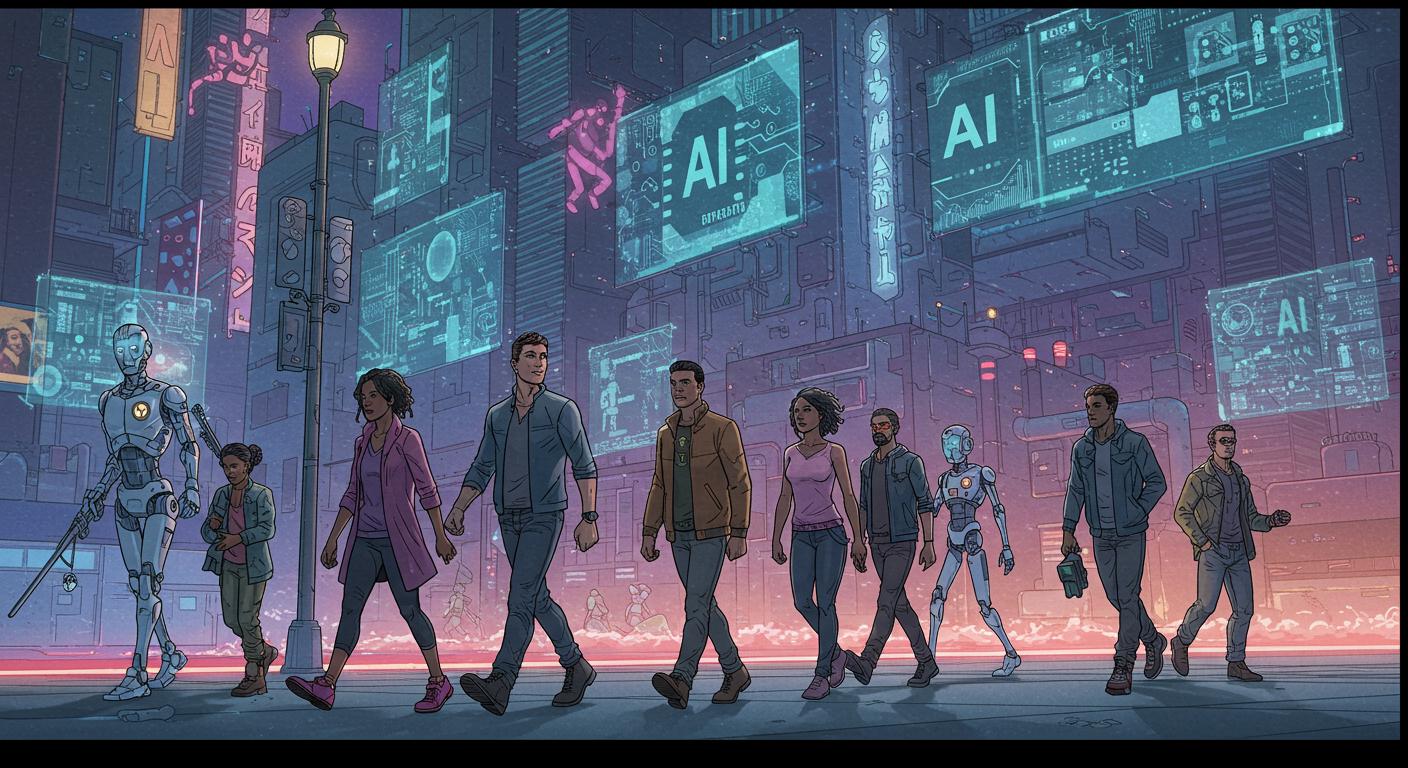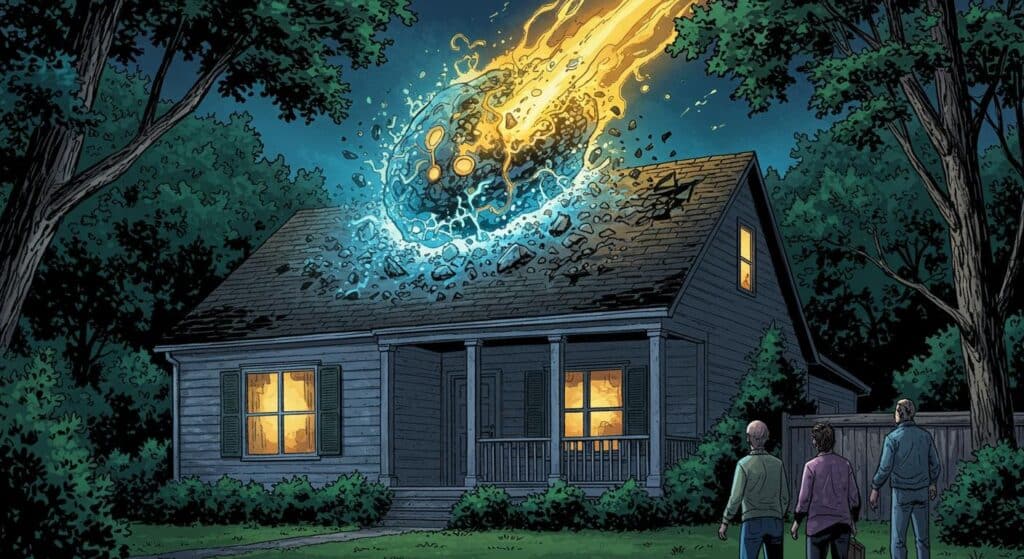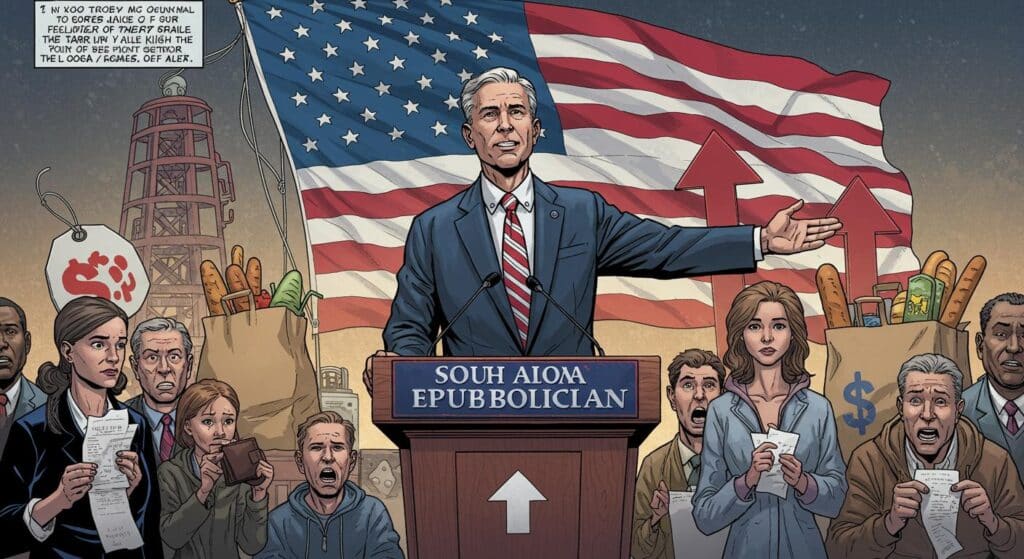There’s a certain timelessness to elders telling the next generation, with either a hint of envy or nostalgia, that “you don’t know how good you have it.” The classics—weathered anecdotes of breadlines and uphill walks—never really go out of style. Now, with a dash of Silicon Valley flourish, OpenAI CEO Sam Altman delivers a 2020s remix. In a podcast appearance, Altman proclaimed Gen Z as “the luckiest kids in all of history,” painting today’s AI-suffused landscape as an unprecedented playground for youthful ambition—a perspective detailed by Fortune. It’s an upbeat vision, especially striking as automation quietly tightens its grip on entry-level jobs.
Risk, Reward, and the Art of Adaptation
Altman’s optimism isn’t without a nod to reality. During his conversation with host Cleo Abram on “Huge If True,” Altman openly admitted that artificial intelligence will eliminate entire categories of employment, observing that “some classes of jobs will totally go away.” He maintains, though, that historical precedents suggest society—especially its younger members—tends to adapt robustly to technological disruption. In Altman’s words, he’s “more worried about what it means, not for the 22-year-old, but for the 62-year-old that doesn’t want to go retrain or reskill or whatever the politicians call it,” as Fortune recounts.
Central to Altman’s case is the democratizing force of advanced AI tools, particularly with the rollout of GPT-5. Describing the era as one where individuals can launch multi-billion-dollar companies solo (ventures that once needed armies of staff), Altman sees boundless promise in AI’s capacity to empower creators. AINvest, in its summary of the episode, notes Altman’s belief that Gen Z is uniquely positioned to exploit these tools for rapid, innovative entrepreneurship—turning what might have been student projects into headline-worthy startups. The implication is clear: the old boundaries of scale and access are dissolving, and the only limitation left is, perhaps, imagination.
College Degrees: Not the Safety Net They Used to Be
Still, the narrative isn’t all Mars missions and one-person unicorns. When it comes to the more grounded reality of paychecks, the picture gets complicated. Historical resilience is a comfort, but specifics matter—and the traditional path to security via higher education seems to be losing its footing. Goldman Sachs chief economist Jan Hatzius, summarized by Fortune, has pointed out the diminishing “safety premium” of a college degree. Recent graduates find themselves facing a weakened job market at a time when broader labor statistics remain fairly robust. In the report, academics Brad Delong and Peter Turchin are cited as critics of the old faith in higher education, highlighting its eroding role in guaranteeing opportunity.
Supporting this shift, employment consulting firm Challenger, Gray and Christmas compiled data revealing that July 2025 saw a notable spike in layoffs, with nearly half attributed to advances in AI and technological updates. Since 1997, Fortune outlines, young adults without degrees are increasingly opting out of the job search altogether—participation rates having slid by seven percentage points. For all the energy around entrepreneurship, the familiar stability of the nine-to-five looks less assured than ever.
Resilience: Universal or Selective?
It is here that Altman leans on history, emphasizing, as AINvest details, that society has repeatedly proven “quite resilient” when faced with upheaval. The optimism is that, just as with the assembly line or the spreadsheet before, this latest technological wave will give rise to “completely new, exciting, super well-paid, super interesting jobs.” He speculates on futures as unexpected as a college student headed off on a solar-system mission ten years from now, while carefully conceding that the pace of change—and the specifics of what comes next—remain difficult to predict, even for those driving the innovation.
Yet that universal claim of adaptability may be something of a leap. It’s one thing for an Altman or a well-funded founder to embrace uncertainty; for countless newly-minted job-hunters, the transition from “entry-level” to “uniquely skilled entrepreneur” is far from guaranteed. Does everyone adapt, or is this merely the narrative of the lucky few who catch the right technological wave?
The Shifting Threshold of Reality
Altman is not blind to the darker byproducts of the AI age. Both in his conversation with Abram and, as Fortune notes regarding his remarks to the Federal Reserve, he has sounded clear warnings—most notably of an imminent “fraud crisis” as voice-mimicking AI matures. Cybersecurity experts, referenced in the same report, argue that the crisis may have already arrived.
Society’s understanding of what’s real, he contends, is poised for another redefinition. With examples like AI-generated viral videos of bunnies on trampolines and the not-so-obvious role of processing in modern smartphone photos, Altman suggests our standards for authenticity are fluid—media already exists somewhere between unfiltered and fantastical. He predicts the threshold for “real enough” will only move further as technology advances.
Navigating this shifting ground, Altman recommends a mix of humility, open-mindedness, and direct engagement with AI tools. As highlighted by both Fortune and AINvest, he believes that those who actively use these resources—rather than merely reading up on them—are best positioned to thrive and discern the real from the synthetic.
Luck of the Era, or Luck of the Draw?
In the end, Altman’s position boils down to something tantalizing yet ambiguous: a belief that a generation’s fortune depends as much on mindsets as on markets. Society, he argues, is adaptable, and Gen Z is at the front of the line for AI’s bounties. Still, for those on the periphery—or anyone quietly sweating over another wave of layoffs—the reality of “luckiest in history” might feel a bit theoretical.
Is this truly the best era to come of age, or merely the most unpredictable? Maybe the definition of luck, like reality itself, is due for an update—one that not even the best neural models can quite predict.







